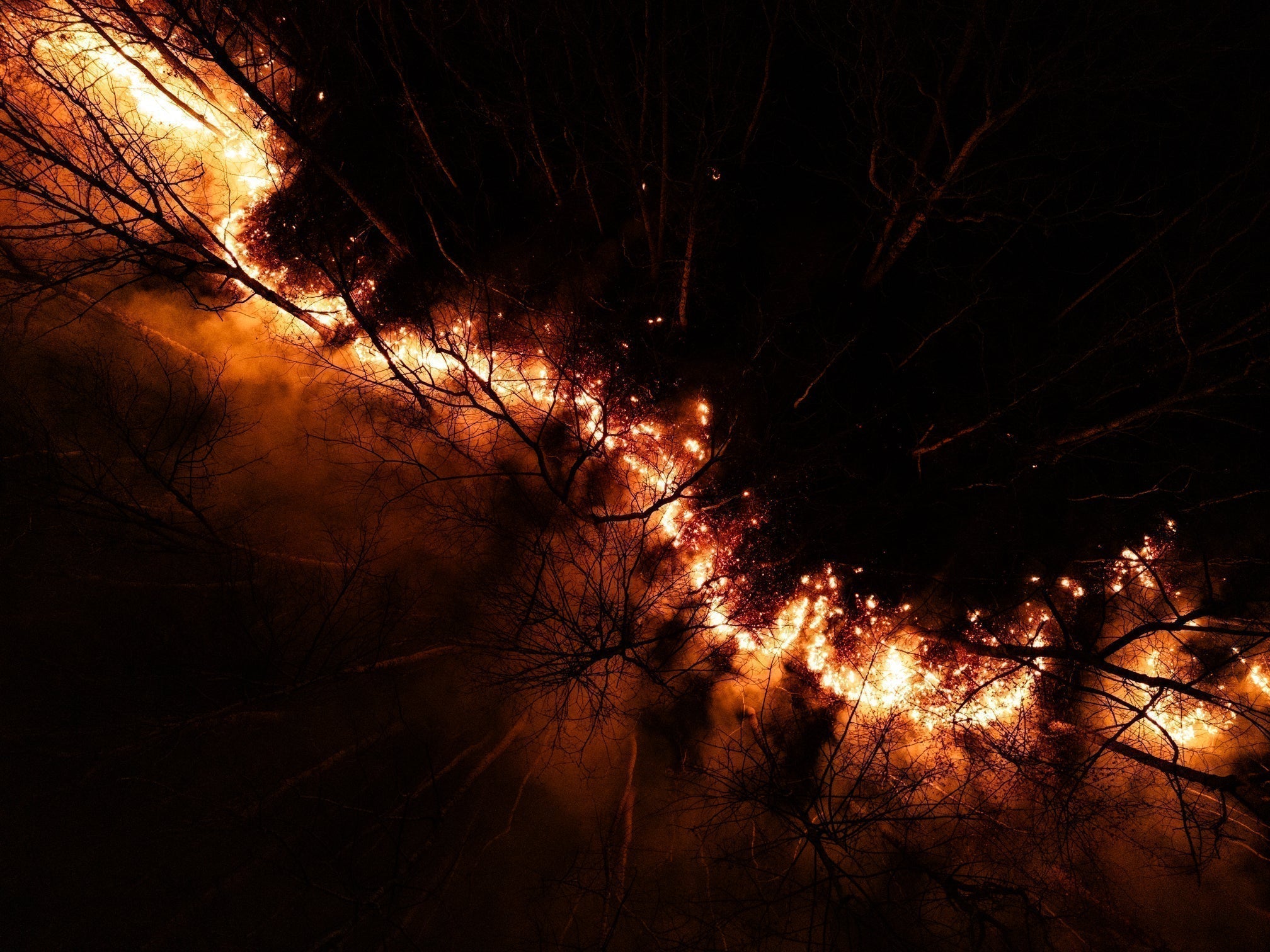
Fire for the Flock: How Prescribed Burns Benefit Wild Turkey Populations
Fire and the wild turkey have a long, intertwined history. Before bulldozers shaped the land and suppression kept flames at bay, wildfires - both natural and set by indigenous peoples - swept through the landscape, clearing out thick undergrowth and rejuvenating the habitat. Today, prescribed burning is one of the most powerful tools for land managers and hunters who want to improve turkey habitat and bring back the kind of landscape that once supported massive flocks.

Fire as a Land Management Tool
A well-timed prescribed burn is more than just a scorched field - it’s a reset button for the ecosystem. When fire moves through the woods, it removes invasive plant species, clears out leaf litter, and stimulates the growth of new vegetation. It reduces mid-story brush that chokes out sunlight, allowing native grasses, forbs, and tender shoots to flourish. That’s the kind of habitat wild turkeys thrive in.

More Food, Better Nesting, and Safer Roosting
Turkeys are opportunistic feeders, and prescribed burns unlock a buffet. Within days of a burn, insects swarm the blackened ground - protein-packed meals for young poults. Weeks later, fresh green shoots emerge, offering high-quality forage. Over time, the rejuvenated land produces an abundance of seeds, soft mast, and the kind of edge habitat that makes turkey populations explode.
For nesting hens, fire-thinned woods mean better visibility and fewer predators lurking in thick undergrowth. A well-maintained burn cycle also improves roosting habitat, keeping open spaces beneath mature hardwoods so turkeys can fly up safely and avoid ambush.

Timing is Everything
Prescribed burns should be carefully planned to maximize benefits and minimize risk. Late winter and early spring burns are ideal in many regions, reducing thatch before nesting season while still leaving plenty of cover. Rotational burning - where different areas are burned on a multi-year cycle - ensures a constant mix of habitat types, from fresh burns to mature timber stands.

The Legacy of Fire
Hunters and land stewards who embrace prescribed burning aren’t just improving the land for turkeys - they’re restoring a natural cycle that’s been in place for thousands of years. Fire isn’t destruction; it’s rebirth. And if you want to build a property that holds more turkeys, more game, and more life, fire is a tool that should never be overlooked.

Because in the end, the best turkey woods aren’t the ones we’ve tamed.
They’re the ones we’ve let fire shape.



